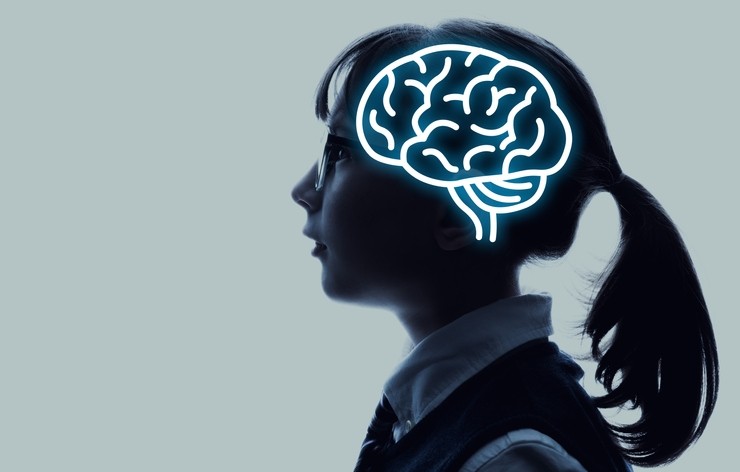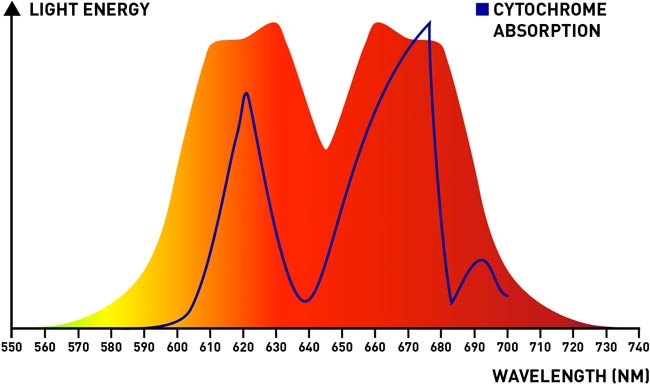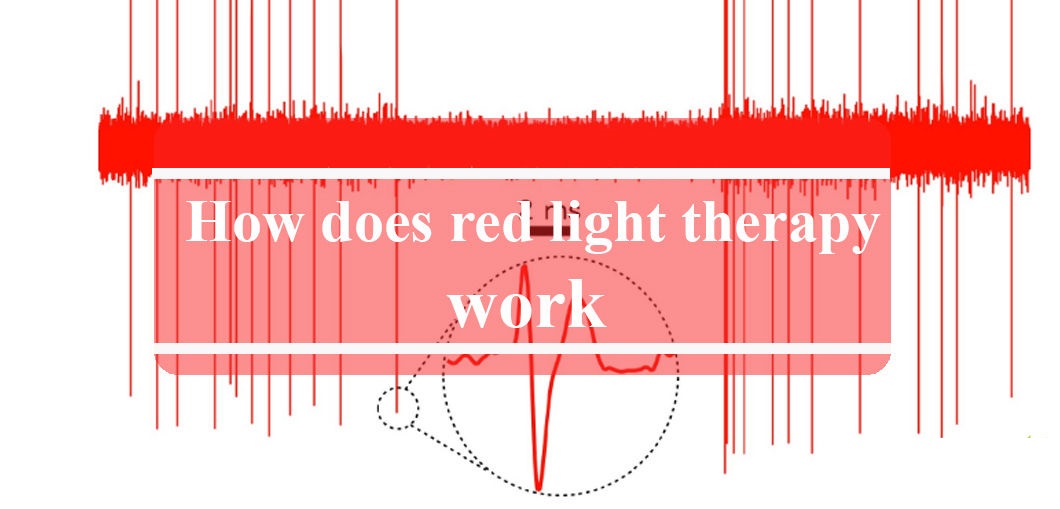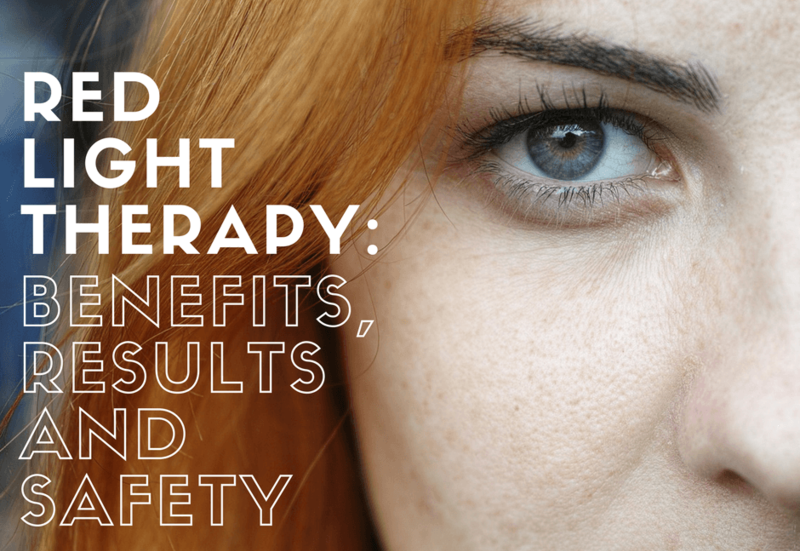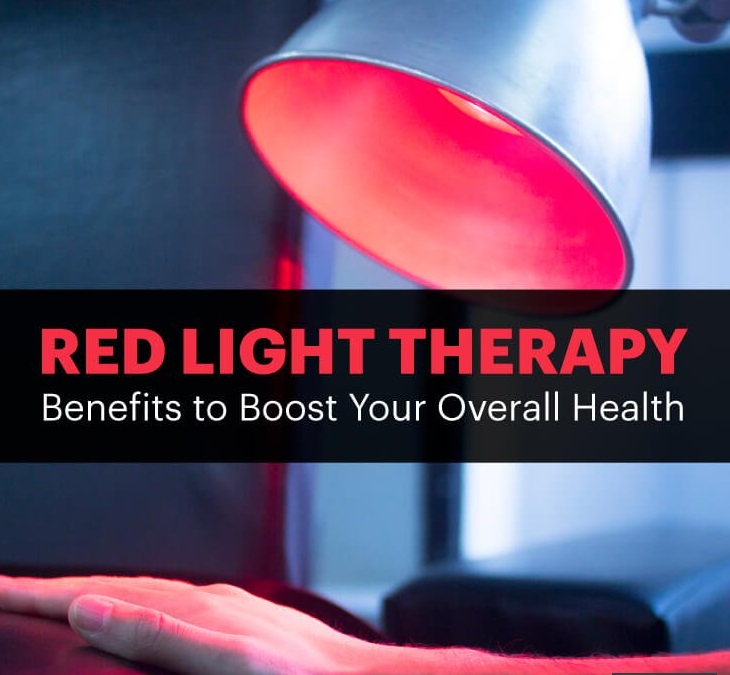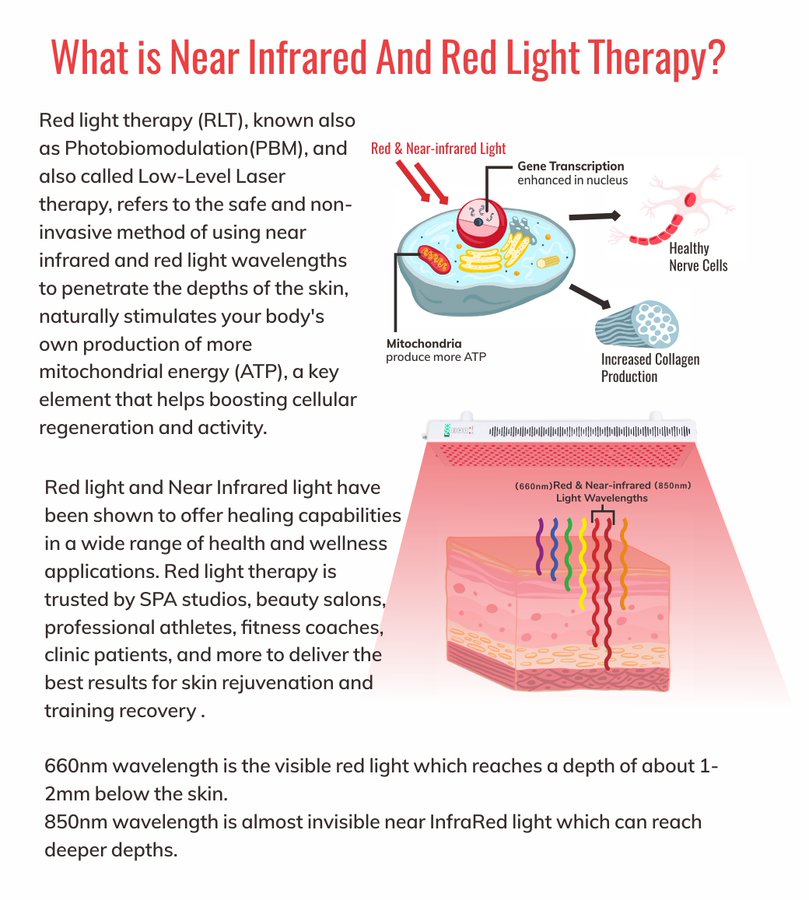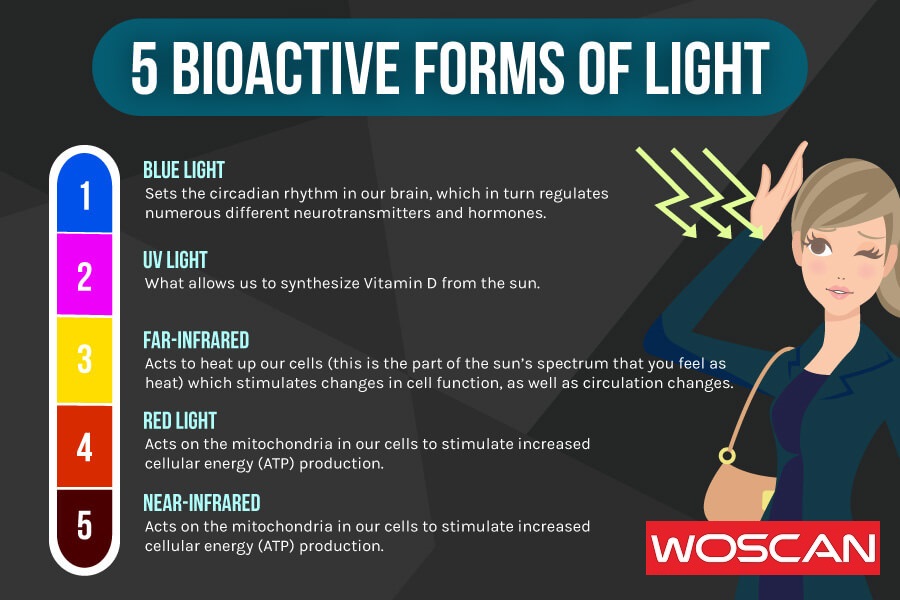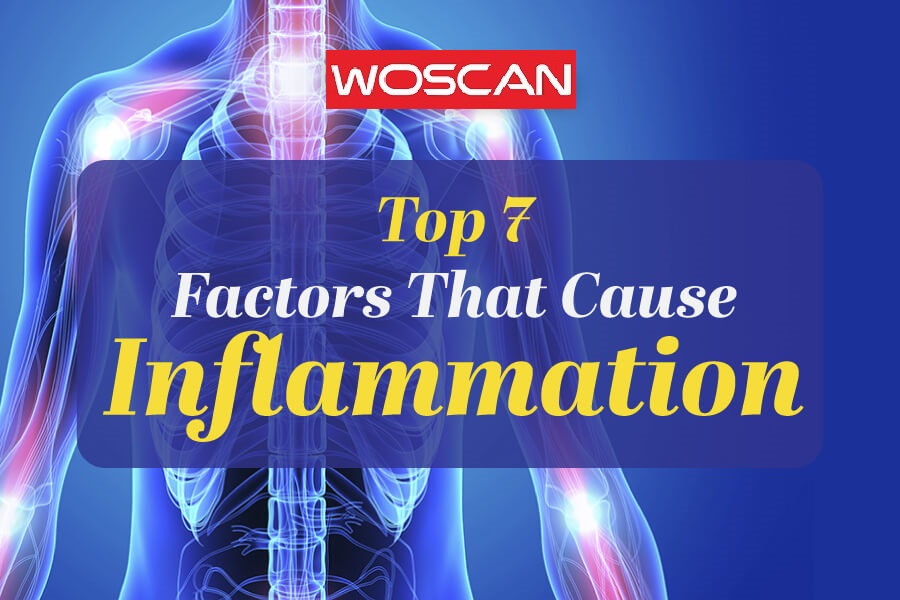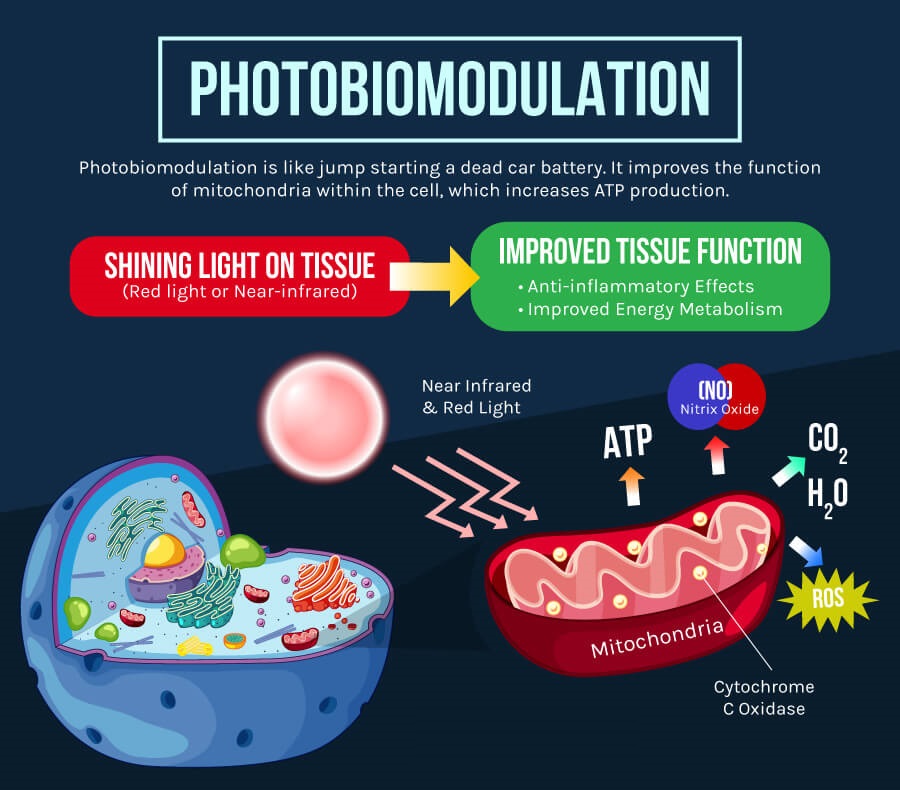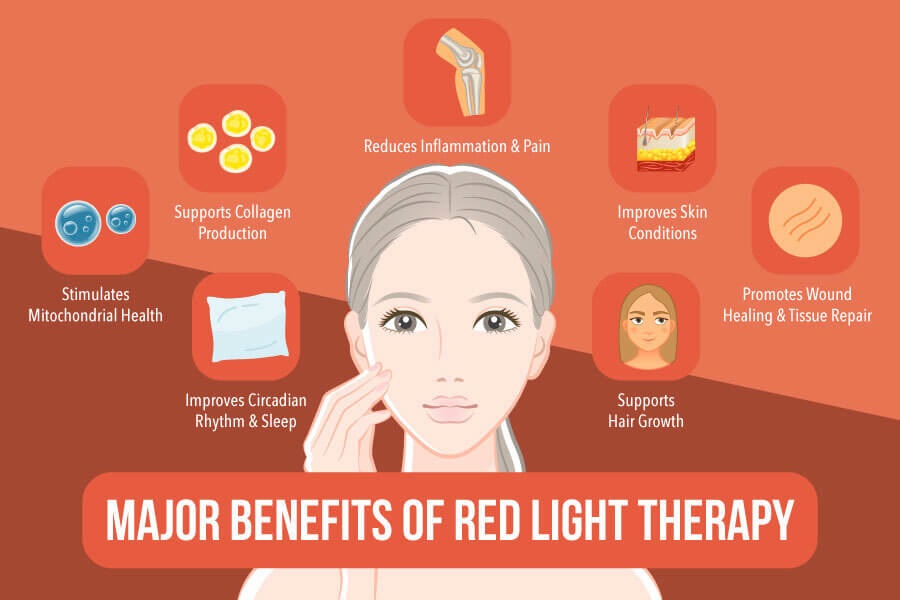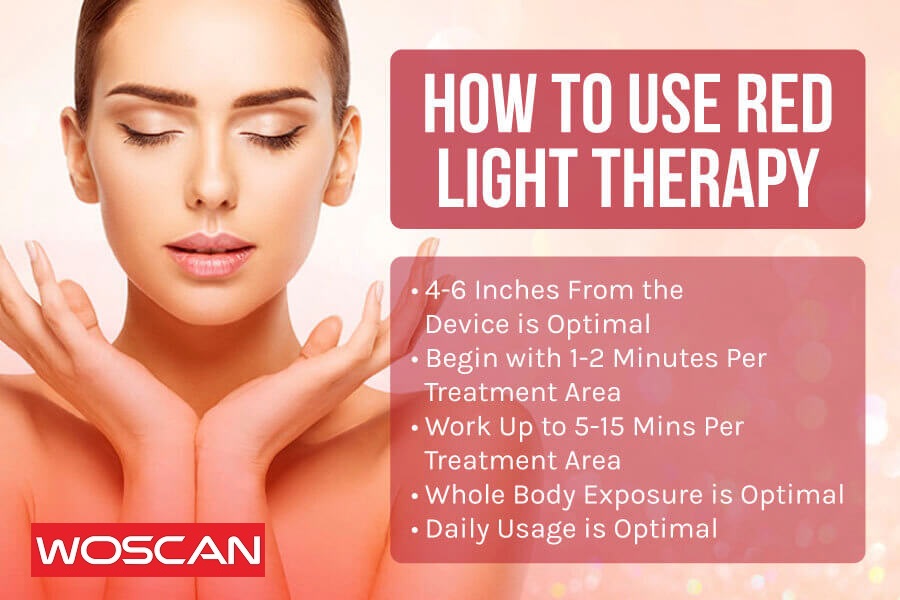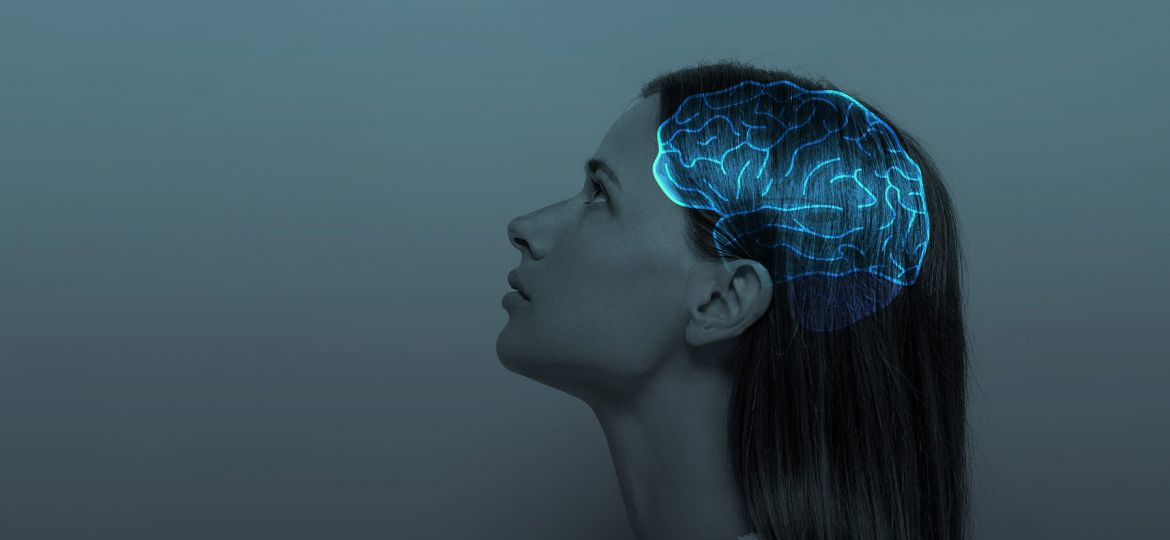
In the vast realm of non-invasive therapeutic modalities, Red Light Therapy (RLT), also known scientifically as Photobiomodulation (PBM), has been emerging as a frontrunner. With the ever-growing desire to optimize our cognitive capacities without the use of pharmaceuticals or invasive procedures, RLT has piqued the curiosity of both the scientific community and individuals eager to enhance their brain function. At its core, RLT delves deep into cellular physiology, tapping into the intricate mechanisms that govern cognitive performance.
This article aims to shed light on how RLT, through its unique biological and photonic interactions, can potentially be a game-changer for those seeking a boost in memory, attention, and overall mental agility. Prepare to embark on a journey that marries the marvels of science with the promise of enhanced cognition.
What is Red Light Therapy?
Red Light Therapy (RLT) is a groundbreaking approach rooted in the realm of photobiology. Scientifically referred to as Photobiomodulation (PBM), this therapy capitalizes on the healing and modulatory properties of red and near-infrared light. At its essence, RLT involves exposing the body, or specific areas of it, to low levels of red or near-infrared light. But what makes it distinct from other light therapies, you might wonder?
The differentiation largely comes from the specific wavelengths utilized. This spectrum, particularly significant from a biological standpoint, has the unique capability to penetrate skin layers and interact with cellular structures, specifically the mitochondria. Without delving too deep into the cellular mechanics just yet, the mitochondria are often dubbed the “powerhouses” of our cells. They play a pivotal role in energy production, and by stimulating them with precise light wavelengths, we can induce various physiological reactions beneficial to health and, as we’ll explore further, cognitive performance.
Moreover, it’s essential to distinguish RLT from other forms of light therapies like blue light, UV light, or full-spectrum light. Each of these has its own applications and effects on the body, but it’s the red and near-infrared spectrum that has been consistently demonstrated to harbor potential benefits for neural health and function.
In a world where the nexus between technology and biology is increasingly intertwined, RLT stands as a testament to how understanding the intricacies of our cellular machinery, paired with precise technological application, can pave the way for promising therapeutic avenues.
The Biological Mechanism Behind RLT and Cognitive Performance
To understand how Red Light Therapy (RLT) influences cognitive performance, one must first venture into the cellular world, where the intricate dance of biochemistry and photonics unfolds. Here are the fundamental mechanisms that elucidate the connection between RLT and enhanced brain function:
- Mitochondrial Stimulation: The mitochondria, often heralded as the cellular “powerhouses,” are critical for the production of adenosine triphosphate (ATP), the primary energy currency of cells. The red and near-infrared light photons interact with a pivotal enzyme known as cytochrome c oxidase (a component of the mitochondrial respiratory chain). This interaction leads to an increase in electron transport, accelerating the rate at which ATP is produced. Enhanced ATP production means more energy is available for cellular processes, including those crucial for cognitive functions such as neurotransmitter synthesis and neural signaling.
- Increased Blood Flow: Nitric Oxide (NO) is a gaseous molecule with vasodilatory properties, meaning it can expand blood vessels. This expansion facilitates better blood flow. RLT has been shown to displace NO from cytochrome c oxidase, leading to both enhanced ATP production (as mentioned earlier) and an increase in available NO. The resultant increase in NO levels causes vasodilation, leading to improved oxygenation and nutrient delivery to the brain. This process ensures that neurons have the necessary resources to function optimally.
- Neuroprotection: The brain, with its myriad of neurons, is highly susceptible to oxidative stress and inflammation, both of which can be detrimental to cognitive health. RLT helps in reducing oxidative stress by increasing the production of antioxidants and reducing reactive oxygen species (ROS). Moreover, it dampens inflammation by modulating inflammatory cytokines. The therapy also stimulates anti-apoptotic pathways, safeguarding neurons from premature cell death and ensuring sustained neural network integrity.
- Brain Derived Neurotrophic Factor (BDNF) Production: BDNF is a protein paramount to brain health, often dubbed as “fertilizer” for the brain. It supports neuron survival, facilitates the growth of new neurons (neurogenesis), and strengthens synaptic plasticity, which is crucial for learning and memory. Exposure to RLT has been demonstrated to elevate the levels of BDNF, thereby bolstering neural health and synaptic efficiency.
In essence, the interplay of these mechanisms paints a comprehensive picture of how RLT can be a potent modulator of cognitive performance. Through its action at the cellular level, this therapy promises to enhance the brain’s resilience and efficiency, paving the way for improved cognitive outcomes.
Key Studies and Findings on Red Light Therapy’s Impact on Cognitive Performance
The burgeoning interest in Red Light Therapy (RLT) as a tool for cognitive enhancement is anchored in a growing body of research. As with all scientific endeavors, understanding the empirical evidence is vital for informed conclusions. Here are some of the pivotal studies that have illuminated the potential of RLT in the realm of cognitive function:
Photobiomodulation for the aging brain
“Studies in humans have shown that PBM can improve electrophysiological activity and cognitive functions such as attention, learning, memory, and mood in older people.”[1]
This study underscores the profound effects of Photobiomodulation (PBM) on various cognitive faculties, especially in the elderly. The improvement in electrophysiological activity suggests that the brain’s electrical communication is enhanced, leading to better cognitive performance across multiple domains.
Photobiomodulation improves the frontal cognitive function of older adults
“Our findings support that PBM may enhance the frontal brain functions of older adults in a safe and cost-effective manner.”[2]
The frontal regions of the brain play a crucial role in executive functions, decision-making, and emotional regulation. This study’s findings advocate for RLT as a potential tool to bolster these cognitive areas in older adults, emphasizing its safety and cost-effectiveness.
Transcranial Photobiomodulation Improves Cognitive Performance in Young Healthy Adults: A Systematic Review and Meta-Analysis
“We demonstrated a significant, beneficial effect of t-PBM on cognitive performance of young, healthy individuals; however, the heterogeneity of the data was high.”[3]
This systematic review and meta-analysis corroborate the positive effects of transcranial PBM (t-PBM) on cognition, even in young and healthy adults. While the results are promising, the mention of data heterogeneity suggests that individual studies might vary in their methodologies or outcomes, emphasizing the need for more standardized research.
Effects of Photobiomodulation on Changes in Cognitive Function and Regional Cerebral Blood Flow in Patients with Mild Cognitive Impairment: A Pilot Uncontrolled Trial
“We confirmed the possibility that PBM treatment in the VA and ICA areas could positively affect cognitive function by increasing rCBF.”[4]
Regional Cerebral Blood Flow (rCBF) is indicative of the brain’s health and activity. This study reaffirms the earlier mechanism discussed about RLT’s role in improving blood flow. By targeting the Vertebral Artery (VA) and Internal Carotid Artery (ICA) regions, there’s a potential elevation in rCBF, thereby augmenting cognitive function, especially in patients with mild cognitive impairments.
In summary, these studies, ranging from young adults to the elderly, converge on the consensus that RLT, or more technically, PBM, harbors promising potential for cognitive enhancement across various domains. While the collective data is encouraging, continued research will undoubtedly shed more light on optimizing this therapy for widespread application.
Practical Application of Red Light Therapy for Cognitive Performance
Harnessing the benefits of Red Light Therapy (RLT) for cognitive enhancement hinges on understanding the optimal parameters for its application. Diving into the technicalities, we can determine how to utilize RLT effectively to derive the best results:
TREATMENT PROTOCOLS:
For cognitive applications, specific wavelengths within the red and near-infrared spectrum have been identified as particularly effective. These are:
- 660nm: This red light wavelength has demonstrated its capacity to stimulate mitochondrial function, enhancing the cellular production of adenosine triphosphate (ATP).
- 670nm: Close in range to the 660nm wavelength, it offers similar benefits, targeting cytochrome c oxidase within the mitochondrial respiratory chain.
- 810nm: Venturing into the near-infrared spectrum, this wavelength can penetrate deeper into tissues, including the skull and brain, acting directly on neural tissues to promote neuroprotection and ATP synthesis.
- 820nm: Similar to the 810nm wavelength, it provides the advantages of deeper penetration and modulation of neural tissues for cognitive enhancement.
HOME VS. CLINICAL THERAPY:
AT-HOME DEVICES:
With the surge in interest in RLT, several consumer-grade devices have made their way to the market. These are designed for personal use, offering convenience and flexibility. However, it’s essential to choose devices that adhere to the ideal wavelengths and provide clarity on power density for effective therapy.
PROFESSIONAL-GRADE EQUIPMENT:
Clinics or therapeutic centers often house professional RLT equipment that might be more powerful and versatile than home devices. Such sessions are often guided by professionals, ensuring the right parameters are used. They can provide a more controlled environment, ideal for those seeking a tailored RLT experience.
In the intricate dance of photonics and biology, ensuring that RLT is applied correctly is paramount. Leveraging the scientifically-backed wavelengths and adhering to effective protocols can pave the way for enhanced cognitive performance. Whether opting for a personal device or seeking professional guidance, understanding the underlying science is the key to unlocking RLT’s full potential.
Benefits of Red Light Therapy Beyond Cognitive Performance
Red Light Therapy (RLT) or Photobiomodulation (PBM) is not limited to its promising cognitive enhancements. Its mechanism, grounded in the deep interplay of photons with biological processes, has ramifications across a spectrum of health concerns. Here’s a deeper dive into the multifaceted benefits of RLT:
ENHANCED SKIN HEALTH AND WOUND HEALING:
RLT stimulates fibroblasts, the cells responsible for collagen production, which is crucial for skin elasticity and wound repair. It also modulates the inflammatory response, promoting quicker healing and reducing scar tissue formation.
Benefits: Improved skin texture, reduced appearance of fine lines and wrinkles, faster healing of wounds, burns, and scars.
PAIN AND INFLAMMATION REDUCTION:
The therapy reduces the production of inflammatory cytokines while increasing the production of anti-inflammatory cytokines. Additionally, by enhancing circulation and oxygenation of tissues, it helps in alleviating pain and swelling.
Benefits: Relief from chronic pain conditions like arthritis, reduced muscle soreness, and diminished inflammation in acute injuries.
MUSCLE RECOVERY AND ATHLETIC PERFORMANCE:
By enhancing mitochondrial ATP production, muscles receive increased energy. Additionally, the improved blood flow aids in faster removal of waste products like lactic acid from muscle tissues.
Benefits: Quicker post-exercise recovery, reduced muscle fatigue, and enhanced athletic performance.
HAIR GROWTH:
RLT stimulates the hair follicles, increasing blood flow to them and invigorating the stem cells responsible for hair production.
Benefits: Promotion of hair regrowth, increased hair thickness, and a potential remedy for conditions like androgenic alopecia.
IMMUNE SYSTEM MODULATION:
RLT augments the production of reactive oxygen species in a controlled manner, which can activate various cellular signaling pathways. This, in turn, can enhance the defensive capacities of the immune system.
Benefits: Improved immunity, reduced susceptibility to infections, and potential benefits in autoimmune conditions.
MOOD AND SLEEP REGULATION:
The therapy can influence the pineal gland, responsible for melatonin production. This hormone regulates sleep. Moreover, the modulation of certain neurotransmitters can have an impact on mood.
Benefits: Improved sleep patterns, reduced symptoms of Seasonal Affective Disorder (SAD), and potential alleviation of depressive symptoms.
JOINT AND TISSUE HEALTH:
RLT’s ability to reduce inflammation and promote collagen production plays a role in maintaining joint and tissue health.
Benefits: Relief from joint pains, improved joint mobility, and potential delay in the onset of degenerative joint diseases.
Drawing on its foundational principles of harnessing specific light wavelengths to instigate cellular changes, RLT showcases its versatility across a wide array of health concerns. By diving into the biological intricacies, we can truly appreciate the expansive potential that this therapy promises beyond just cognitive enhancements.
The arena of Red Light Therapy (RLT), or more technically termed Photobiomodulation (PBM), has experienced a renaissance in the scientific community, heralded not only for its profound potential in cognitive enhancement but also its myriad health benefits. At the heart of RLT’s effectiveness lies its unique ability to modulate cellular activity, particularly by influencing mitochondrial function and adenosine triphosphate (ATP) synthesis, which are cornerstones of cellular energy and regeneration.
Delving deep into the biological intricacies, RLT operates by emitting photons that interact with the cytochrome c oxidase enzyme within the mitochondrial respiratory chain. This interaction optimizes the cellular energy production process, heralding a cascade of physiological benefits, from the micro (cellular) to the macro (organ and system) levels of human biology.
Furthermore, RLT’s influence on the cellular redox state, modulation of reactive oxygen species, and alteration of specific signaling pathways underscores its potential in a plethora of therapeutic applications. From skin rejuvenation and wound healing to muscle recovery and mood regulation, the spectrum of RLT’s applications is vast and continuously expanding.
However, as with all therapeutic modalities, the judicious and informed application of RLT is paramount. It’s essential to harness the therapy at its scientifically-backed wavelengths and adhere to best-practice protocols. As research continues to elucidate the myriad mechanisms and potential applications of RLT, it’s evident that we stand on the precipice of a therapeutic revolution.
In a world ever-evolving in its quest for better health, wellness, and cognitive prowess, RLT emerges not as a panacea but as a potent tool in our armamentarium. The fusion of photonics with cellular biology provides a promising avenue, bridging the gap between science and holistic health improvement. As we continue to understand, innovate, and apply, the future of RLT in both cognitive enhancement and broader health applications remains luminously bright.
[1] Cardoso FDS, Gonzalez-Lima F, Gomes da Silva S. Photobiomodulation for the aging brain. Ageing Res Rev. 2021 Sep;70:101415. doi: 10.1016/j.arr.2021.101415. Epub 2021 Jul 26. PMID: 34325071.
[2] Chan AS, Lee TL, Yeung MK, Hamblin MR. Photobiomodulation improves the frontal cognitive function of older adults. Int J Geriatr Psychiatry. 2019 Feb;34(2):369-377. doi: 10.1002/gps.5039. Epub 2018 Dec 10. PMID: 30474306; PMCID: PMC6333495.
[3] Salehpour F, Majdi A, Pazhuhi M, Ghasemi F, Khademi M, Pashazadeh F, Hamblin MR, Cassano P. Transcranial Photobiomodulation Improves Cognitive Performance in Young Healthy Adults: A Systematic Review and Meta-Analysis. Photobiomodul Photomed Laser Surg. 2019 Oct;37(10):635-643. doi: 10.1089/photob.2019.4673. Epub 2019 Sep 24. PMID: 31549906; PMCID: PMC6818490.
[4] Baik JS, Lee TY, Kim NG, Pak K, Ko SH, Min JH, Shin YI. Effects of Photobiomodulation on Changes in Cognitive Function and Regional Cerebral Blood Flow in Patients with Mild Cognitive Impairment: A Pilot Uncontrolled Trial. J Alzheimers Dis. 2021;83(4):1513-1519. doi: 10.3233/JAD-210386. PMID: 34420956.


